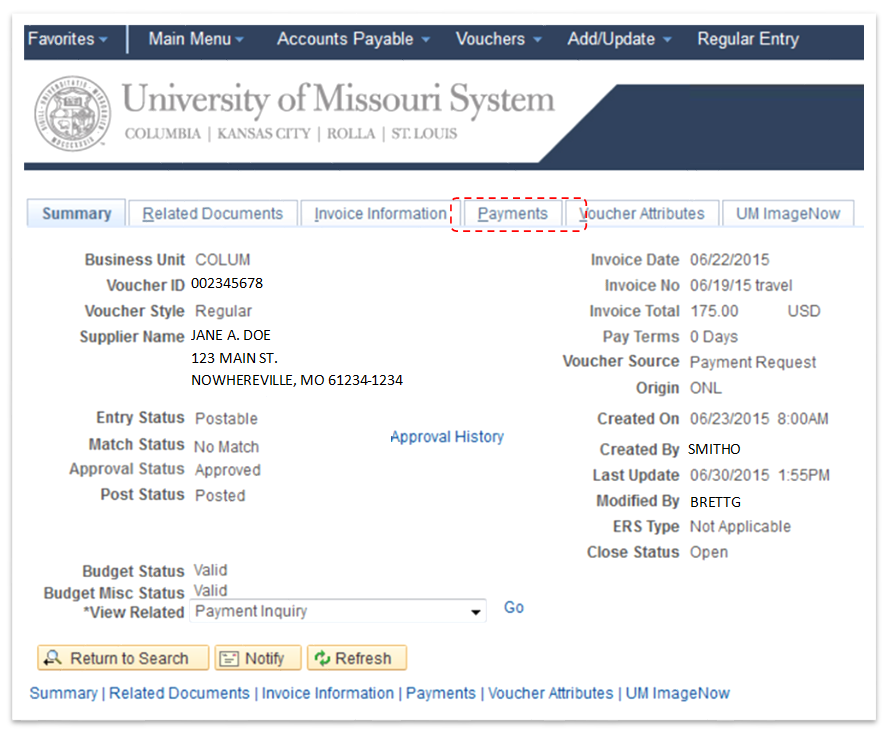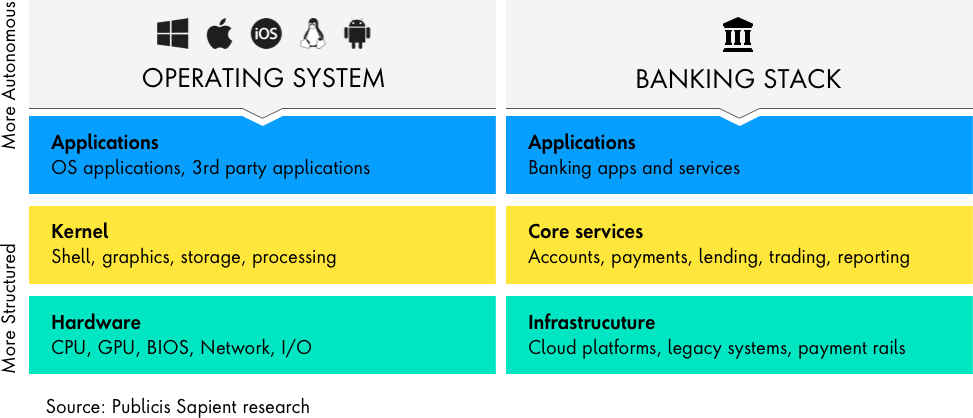Table of Contents

Vendors that discover the susceptability might develop spots or encourage workarounds to alleviate it though users need to release that mitigation to remove the susceptability in their systems. Zero-day strikes are serious risks. Potential attack vectors for a zero-day susceptability are identical to well-known vulnerabilities and those that have readily available patches. Hence the formula for the length of the window of susceptability is: t2 t1b. Note that t0 is not the exact same as day zero.
For regular susceptabilities, t1b > t1a. This suggests that the software vendor understood the vulnerability and had time to release a safety spot (t1a) before any kind of hacker could craft a practical exploit (t1b). For zero-day exploits, t1b t1a, such that the exploit becomes active prior to a patch is made readily available.
It has been recommended that an option of this kind might run out reach since it is algorithmically impossible in the general case to evaluate any kind of approximate code to identify if it is malicious: as such an evaluation decreases to the halting trouble over a linear bounded robot, which is unsolvable.
The Best Strategy To Use For Security Consultants
The majority of modern anti-viruses software program still uses trademarks however additionally lugs out various other types of evaluation.

It is not always simple to determine what an area of code is intended to do, specifically if it is extremely intricate and has been intentionally created with the purpose of defeating evaluation. One more restriction of code analysis is the time and resources available. In the competitive world of antivirus software application, there is always a balance between the effectiveness of analysis and the moment delay included.
This can be orders of size quicker than evaluating the exact same code, but must withstand (and spot) attempts by the code to find the sandbox. Generic trademarks are trademarks that are particular to certain behavior rather than a particular product of malware. A lot of new malware is not absolutely novel, however is a variant on earlier malware, or includes code from one or more earlier examples of malware.
Security Consultants Fundamentals Explained
Hosted in a protected and durable cloud setting, Our cutting edge, scalable solutions are designed to increase advancement and aid banks provide the experiences individuals demand currently and in the future. We provide public and exclusive crossbreed cloud holding solutions, with implementations both in our very own totally repetitive and very available data facilities based in the USA, as well on the AWS public cloud, operating 24-hour a day, 365 days a year, under the most extensive quality and safety and security standards.
The money conversion cycle (CCC), additionally called the net operating cycle or cash money cycle, is a metric that reveals, in days, the length of time it takes a business to convert the cash invested in stock back into cash money from marketing its services or product. The shorter the cash cycle, the far better, as it shows much less time that money is bound in balance dues or supply.
This metric takes into consideration exactly how much time the company needs to offer its supply, how much time it takes to collect receivables, and just how much time it needs to pay its bills. The CCC is among a number of measurable procedures that help evaluate the effectiveness of a company's procedures and administration.
Banking Security - Truths
One should remember that CCC applies just to select markets reliant on stock management and relevant operations. The money conversion cycle (CCC) is a metric that shares the length of time (in days) that it takes for a firm to convert its investments in supply and various other resources right into cash flows from sales.
g., year = 365 days, quarter = 90) The initial stage concentrates on the existing inventory level and stands for for how long it will certainly consider business to sell its supply. This number is computed by utilizing the days supply outstanding (DIO). A reduced worth of DIO is liked, as it indicates that the firm is making sales rapidly, indicating far better turn over for business.

Supply=21(BI+EI)BI=Starting inventory, EI=Finishing stock The second phase focuses on the current sales and represents for how long it requires to gather the cash created from the sales. This figure is determined by utilizing the days sales outstanding (DSO), which divides average balance dues by profits daily. A reduced value is preferred for DSO, which shows that the company has the ability to accumulate capital quickly, in turn enhancing its cash position.
The Facts About Banking Security Uncovered
Accounts Receivable=21(BAR+EAR)BAR=Start AREAR=Closing AR The third stage concentrates on the current impressive payable for business. It thinks about the quantity of money that the business owes its present providers for the supply and products it purchases, and it stands for the period in which the firm need to pay off those obligations.
Improving sales of inventory commercial is the primary means for a business to make even more revenues. Exactly how does one sell extra stuff? If cash money is easily readily available at routine intervals, then one can produce even more sales commercial, as regular schedule of capital leads to extra items to make and market.
A business can additionally offer items on credit history, which causes accounts receivable (AR). Money isn't a variable till the company pays the accounts payable and collects the accounts receivable. Timing is therefore an important aspect of cash administration. CCC traces the life process of money used for service activity.
How Security Consultants can Save You Time, Stress, and Money.
CCC may not offer significant reasonings as a stand-alone number for an offered duration. Analysts utilize it to track a company over several time durations and to compare the company to its rivals. Tracking a business's CCC over numerous quarters will show if it is boosting, maintaining, or intensifying its operational efficiency.
Navigation
Latest Posts
The Ultimate Guide To 24/7 Plumbing
Plumbing for Beginners
Some Known Questions About Plumbing.